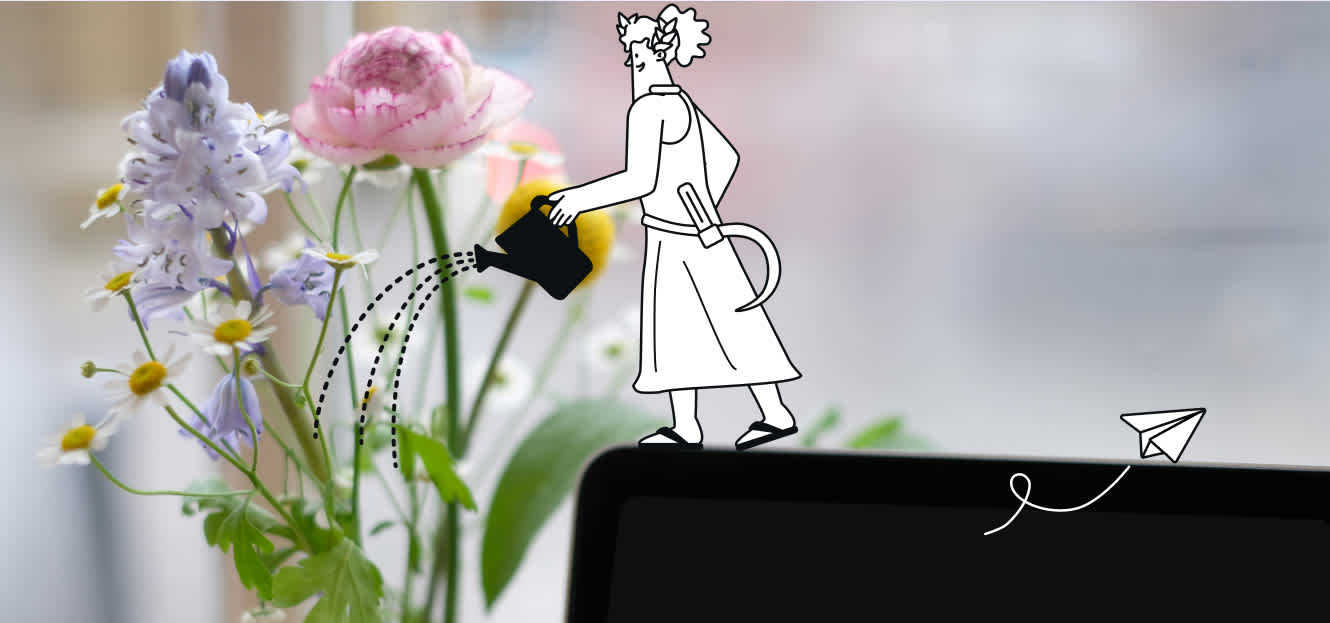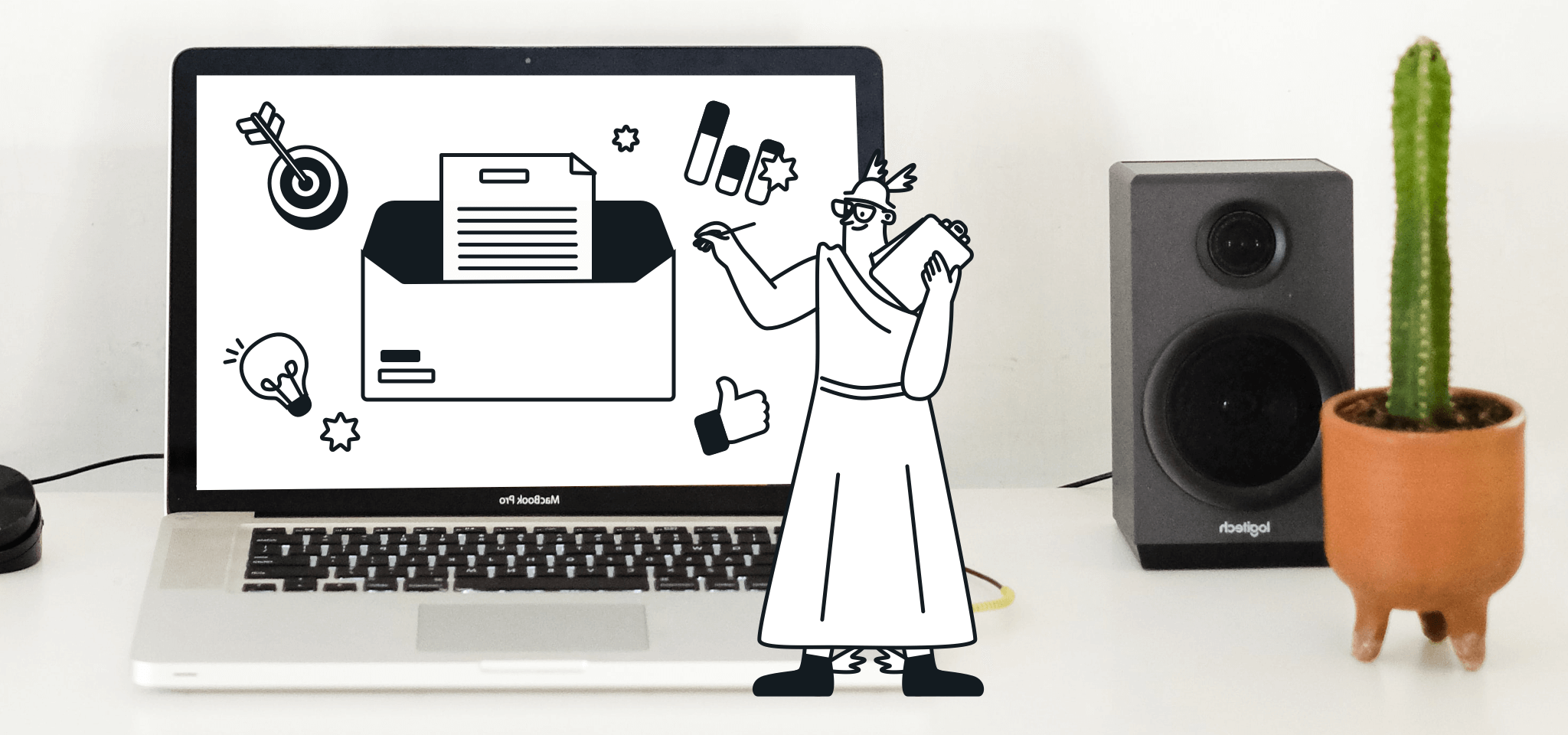Email Best Practices
Use the psychology of reward this holiday season
It’s likely that you positively reward your customer regularly, through promotions and sweepstakes, but do your customers engage in a consistent way?

PUBLISHED ON
Ever read about classical conditioning? You know, that experiment made famous by Ivan Pavlov where he trained dogs to salivate every time they hear a bell ring? This psychological phenomenon has been proven effective on humans as well and is the basis of many teaching methods. The idea is simple: take a neutral stimulus like the bell and associate it with an unconditioned stimulus (salivating) through rewarding the behavior. This little study has big implications for your marketing strategy.
It’s likely that you positively reward your customer on a regular basis, through beta tests, promotions and sweepstakes, but do you train your customers to engage in a consistent way? Apply classical conditioning to your email campaign program to reward customers who are active social sharers and reinforce that behavior. The goal is to drive a cycle: your customer opens your email, reshares the content on social media, bringing increased exposure and more email sign-ups from their immediate social circle.
This is not to say that we condone subliminal messaging or are reducing your customers’ behavior down to a lab study, we’re just encouraging you to optimize your natural marketing cycle that already exists. Here are some ways to tap into this:
Track engagement beyond the direct line of sight
If you’re not doing so already, start by making sure you build links to all of your social media channels into your email templates. Then, track the engagement funnel of your email campaigns. Which channel are customers clicking through to the most? But also look “beyond the click”. Most senders will just analyze the click through of their call-to-action, as in Toms’ email below, senders will track how many clicks the “Cold Weather Shop” and “Gift Guide” drove.
Also take into account how many people clicked through the gift guide and shared the link on social media. If you’re using Google Analytics in supplement to your Mailjet stats, look into setting up Advanced Segments to filter a customer’s journey after clicking through your email.

Make them feel special
Once you have the data filtered out, segment new email contact lists by level of social media engagement. Keep in mind that the avid Twitter user spends their time online very differently than that of the heavy Facebook user. Twitter is geared more towards news and trending topics whereas Facebook is used for connecting with closer social circles and playing games. One idea is to send “VIP” social sharers exclusive content. This can be a promotion, beta test or even a free t-shirt which they can snap a photo of and share. For example, for being so attentive and reading up to this point of our blog post, we’ll ask you to tweet “I’m a frequent flyer on @mailjet’s blog! #MJmilehighclub”
At the end of the day, the strategy is simple. Just keep in mind your neutral stimulus, the email, and the unconditioned stimulus, social sharing. By rewarding your customers through special offers and targeted content, they will grow into strong brand advocates.
How do you see this playing into your holiday campaigns this season? Which strategies do you plan on executing?








